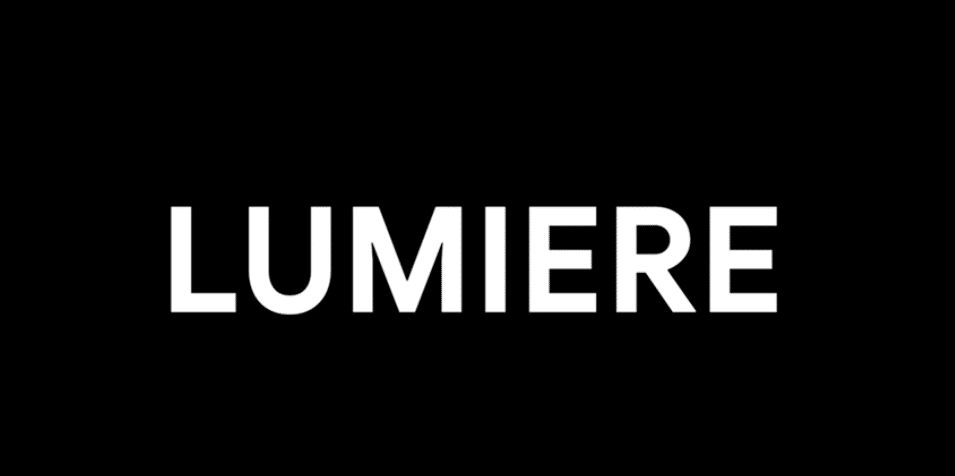Google has introduced Lumiere, a text-to-video diffusion model designed to the field of video synthesis. Developed by researchers from Google, the Weizmann Institute of Science, and Tel Aviv University, Lumiere promises to set a new standard in AI video generation with its unique Space-Time U-Net architecture.

Also Read: OnePlus 12 Review: The Flagship Phone Without AI
This model is to overcome the limitations of existing video synthesis tools by generating entire videos in a single pass, providing realistic, diverse, and coherent motion.
Unlike other video synthesis models that rely on cascaded approaches, Lumiere adopts a Space-Time U-Net architecture that handles both spatial and temporal dimensions simultaneously.
This approach allows Lumiere to generate the entire temporal duration of a video in one consistent pass, eliminating the need for synthesizing distant keyframes followed by temporal super-resolution. The result is an improvement in global temporal consistency, enabling more fluid and realistic motion.
Users can provide natural language text prompts, and Lumiere generates videos based on these descriptions, demonstrating state-of-the-art results in text-to-video generation.
Lumiere can convert still images into dynamic videos, allowing users to bring static visuals to life with realistic motion.
A feature enables users to animate specific regions of existing videos based on text prompts, opening up possibilities for advanced video editing, object insertion, and removal.
Also Read: Netflix, YouTube and Spotify Won’t Launch Apple Vision Pro Apps
Lumiere can generate videos in a specific style by leveraging a reference image, shows its versatility in creating visually appealing and stylized content.
Users can create cinemagraphs by adding motion to specific parts of a scene while keeping other areas static.
Other existing AI video models such as Pika, Runway, and Stability AI, Lumiere stands out for producing 5-second videos with higher motion magnitude while maintaining temporal consistency and overall quality.
Users surveyed on the quality of these models preferred Lumiere for text and image-to-video generation. The researchers address Lumiere’s ability to address the limitations of existing models and provide a more coherent and realistic video synthesis experience.
Also Read: Samsung Announced Galaxy Ring at Galaxy Unpacked Event 2024
Lumiere was trained on a dataset comprising 30 million videos, along with their text captions. The model is capable of generating 80 frames at 16 frames per second, shows its efficiency in handling large datasets and producing high-quality outputs.
While Lumiere represents an advancement in text-to-video AI generation, it has certain limitations. It cannot generate videos consisting of multiple shots or those involving transitions between scenes.
This limitation shows an area for future research and development to address the challenge of transitions in video synthesis.
Lumiere’s introduction anticipation about the future of AI video generation. The model’s applications in creative content creation, video editing, and visual storytelling are vast.
However, the delay in making Lumiere publicly available has concerns among users eager to explore its capabilities.
Also Read: German Startup Vay Launches Teledriving Service with Remote Drivers






















